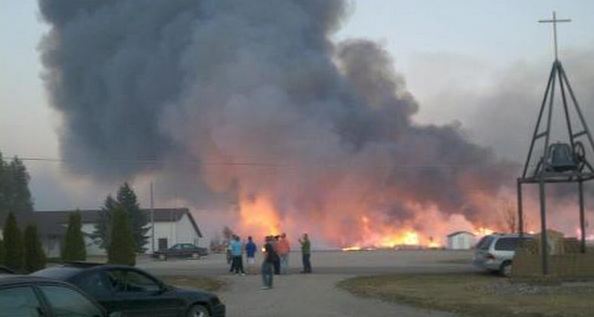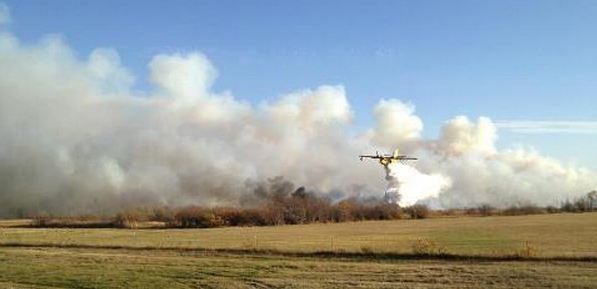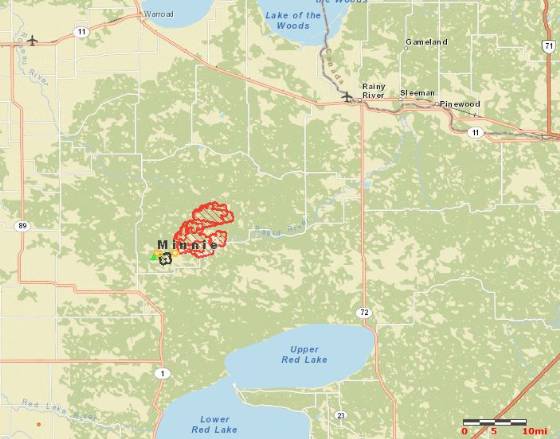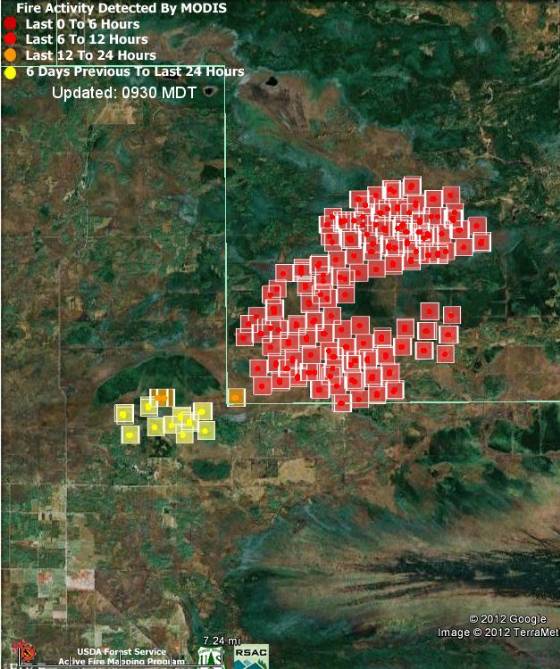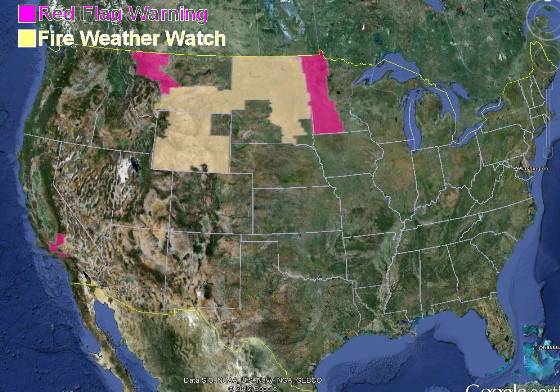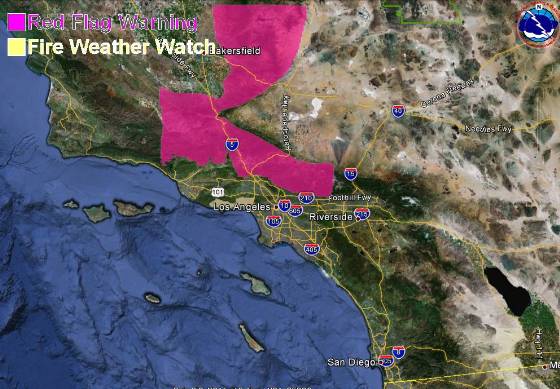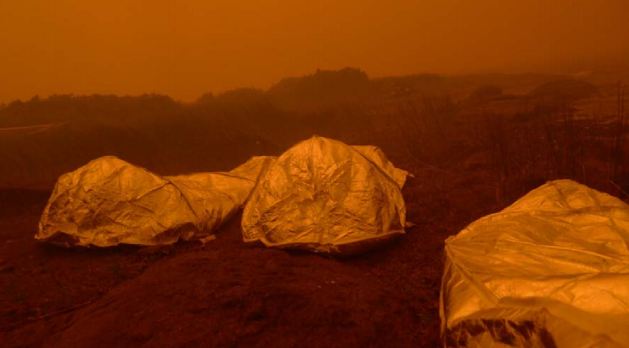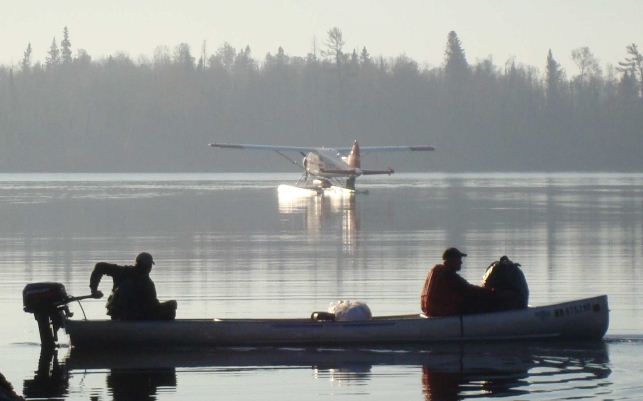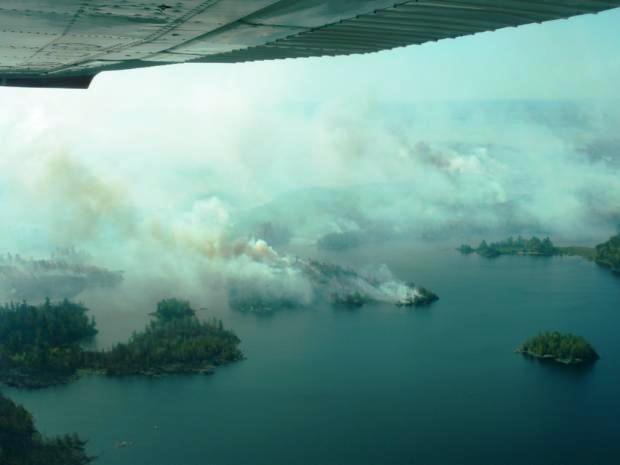
Outside Magazine has a riveting article about Greg and Julie Welch who had to flee in their kayaks as the massive wind-blown Pagami Creek Fire consumed tens of thousands of acres in the Boundary Waters Canoe Area Wilderness in Minnesota on a September day in 2011.
When lightning ignited the fire on August 18, the Superior National Forest made a decision to not suppress it, but to herd it around as necessary to keep it within a reasonable maximum management area while allowing natural processes to do their thing. After 12 days it had only grown to approximately 130 acres, and fire management officials may have thought things were going well — until September 12 when everything went to hell. Strong winds gusting at 35 mph or more spread the fire 16 miles to the east, ultimately burning over 92,000 acres by mid-October. HERE are some of the posts on Wildfire Today about the Pagami Creek Fire.
Greg Welch had been a photojournalist and often had taken photos of wildland firefighters as they suppressed fires, so when rangers told him about the Pagami Creek Fire, both he and the rangers thought their camping plans sounded reasonable, since the fire was miles away.
On the second day of their trip, the Welchs paddled their kayaks to another camping spot and set up their tent. Soon, and very unexpectedly, the fire was on them, and they hurriedly took some belongings to their kayaks and prepared to get out into the lake. Here is an excerpt from the Outside article:
…Julie was sitting in her kayak, watching her husband run down to the shore. Just as he came down the slope, the fire crested over the bank and roared just a few feet behind him. Greg threw the life jacket to Julie and told her to go while he strapped the last bags onto his kayak and dragged it to the water.
As Julie paddled out, everything suddenly went black as the fire pushed a thick cloud of soot and ash ahead of it. She couldn’t see Greg, so she screamed his name, but the noise of the fire was like standing next to a freight train. All she could see was thick smoke and burning trees falling in the water. For a few seconds, she thought Greg was lost, and that she was, too. She had no map, and no way to get back alone.
Then Greg appeared, paddling out of the smoke, a few feet away from her. But just as soon as she caught sight of him, the wind tossed her kayak into the air and flipped her into the cold water. By the time she surfaced, the boat had been blown far across the lake. Greg paddled toward her, but the wind was too strong—he couldn’t stop—and it blew him right past her. So he jumped in the water, holding his kayak and staying still, yelling for her to swim toward him. It took a few minutes for Julie to reach him, but together they clung to his boat while everything around them burned.
In addition to Greg and Julie Welch, eight U.S. Forest Service employees had near misses and entrapments on the fire. There is an an excellent facilitated learning analysis about them being caught out in front of the rapidly spreading fire in canoes while trying to evacuate the recreating public from the area. At one point when they were fleeing the fire, the smoke was so thick they could not see the fronts of their canoes. Two people bailed out of a canoe to take refuge in the cold water, deploying a single fire shelter over their heads as they floated, suspended by their life jackets. Two others were flown out at the last minute by a float plane when the pilot somehow found a hole in the smoke and was able to find them, land on the lake, and extract them. Four people, after paddling furiously in the strong winds, dense smoke, and darkness, unable to find a fire shelter deployment site on the heavily forested islands, finally found a small, one-eighth acre barren island where they climbed inside their shelters as they were being pounded with burning embers.


